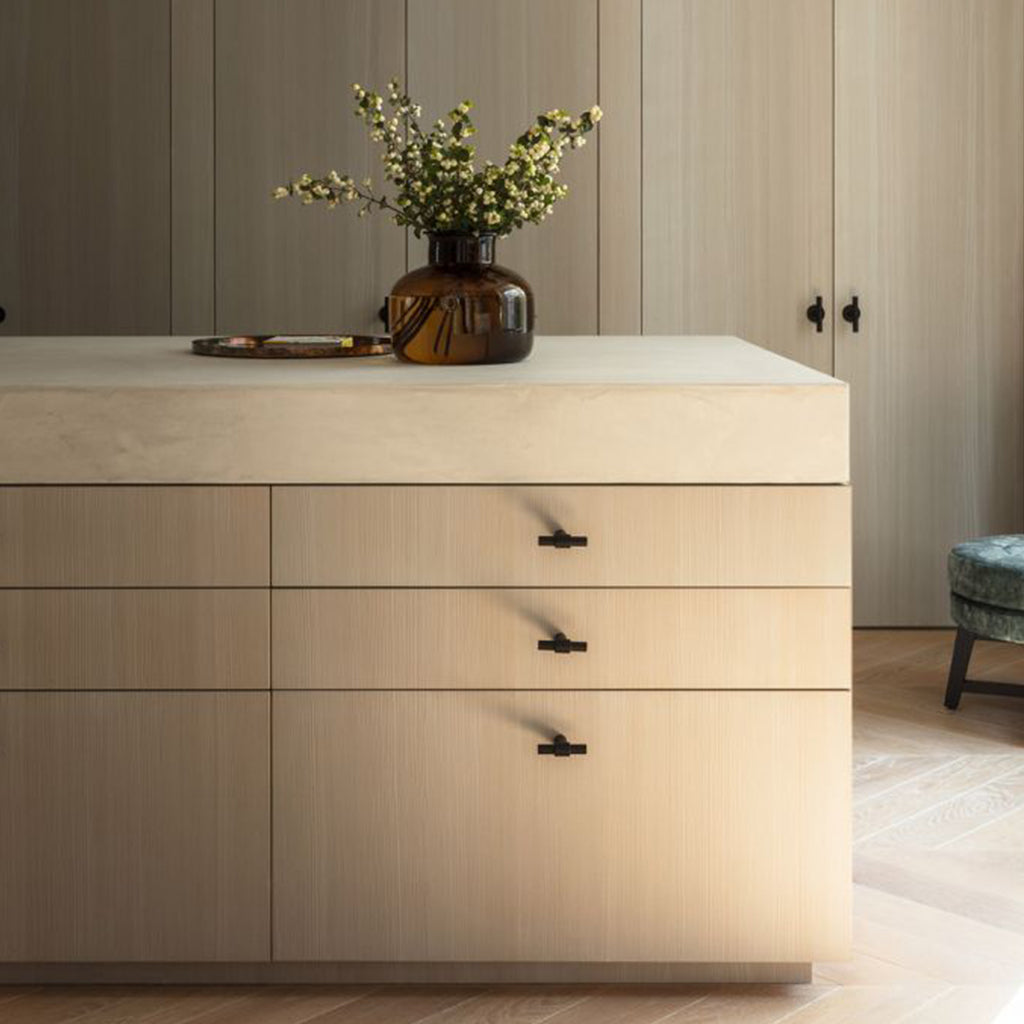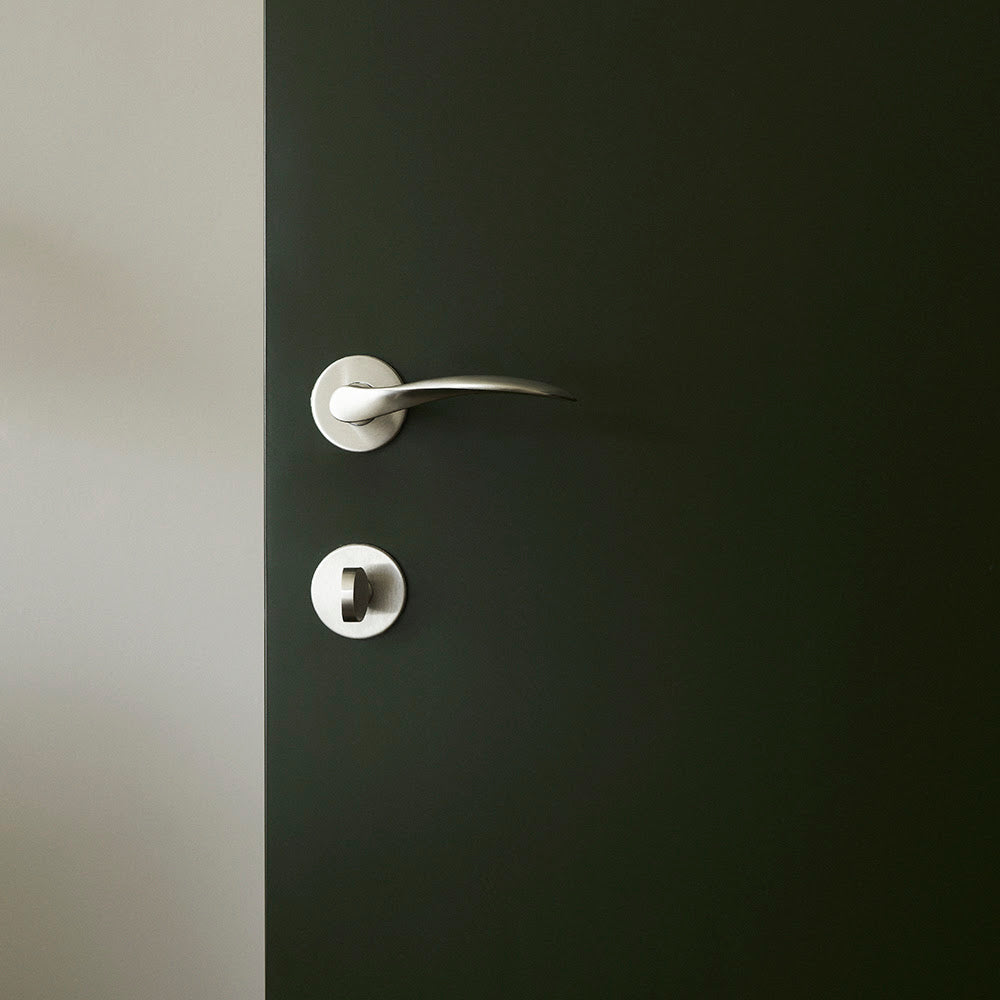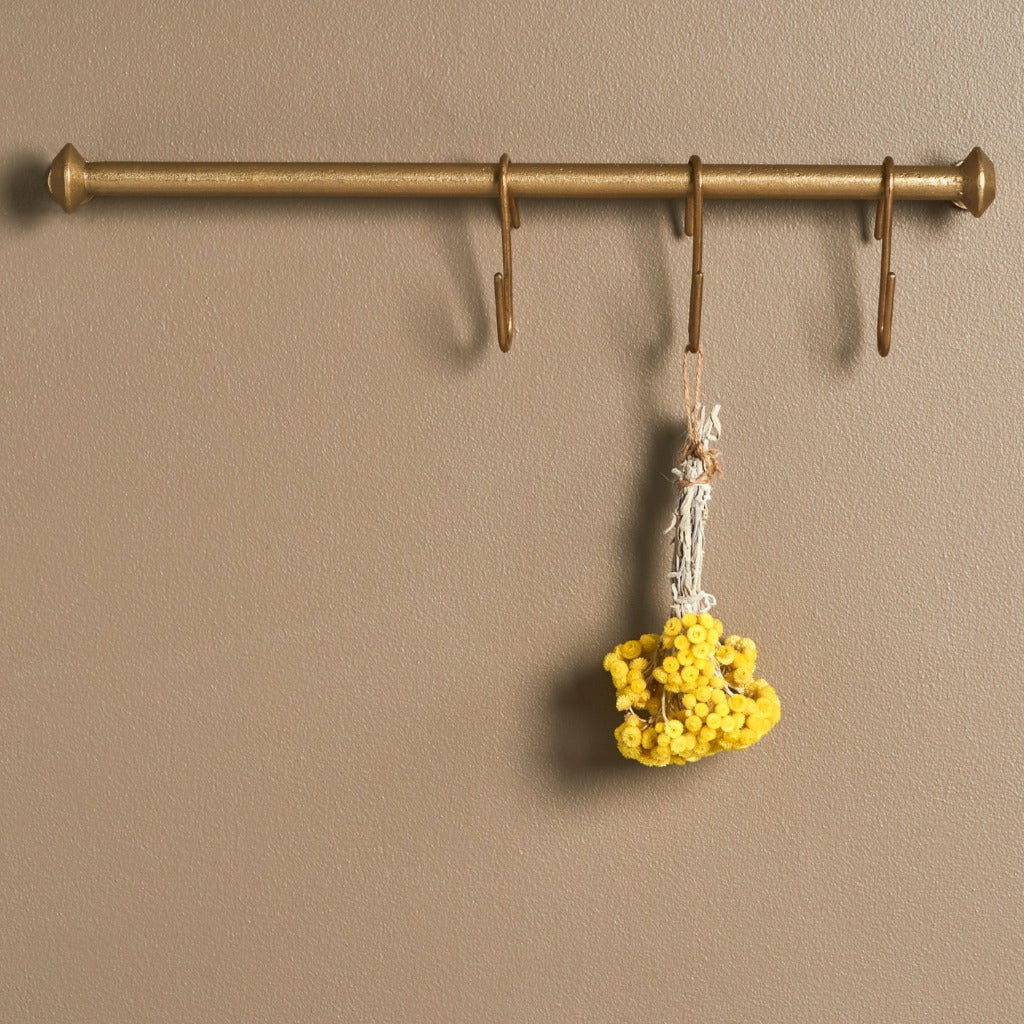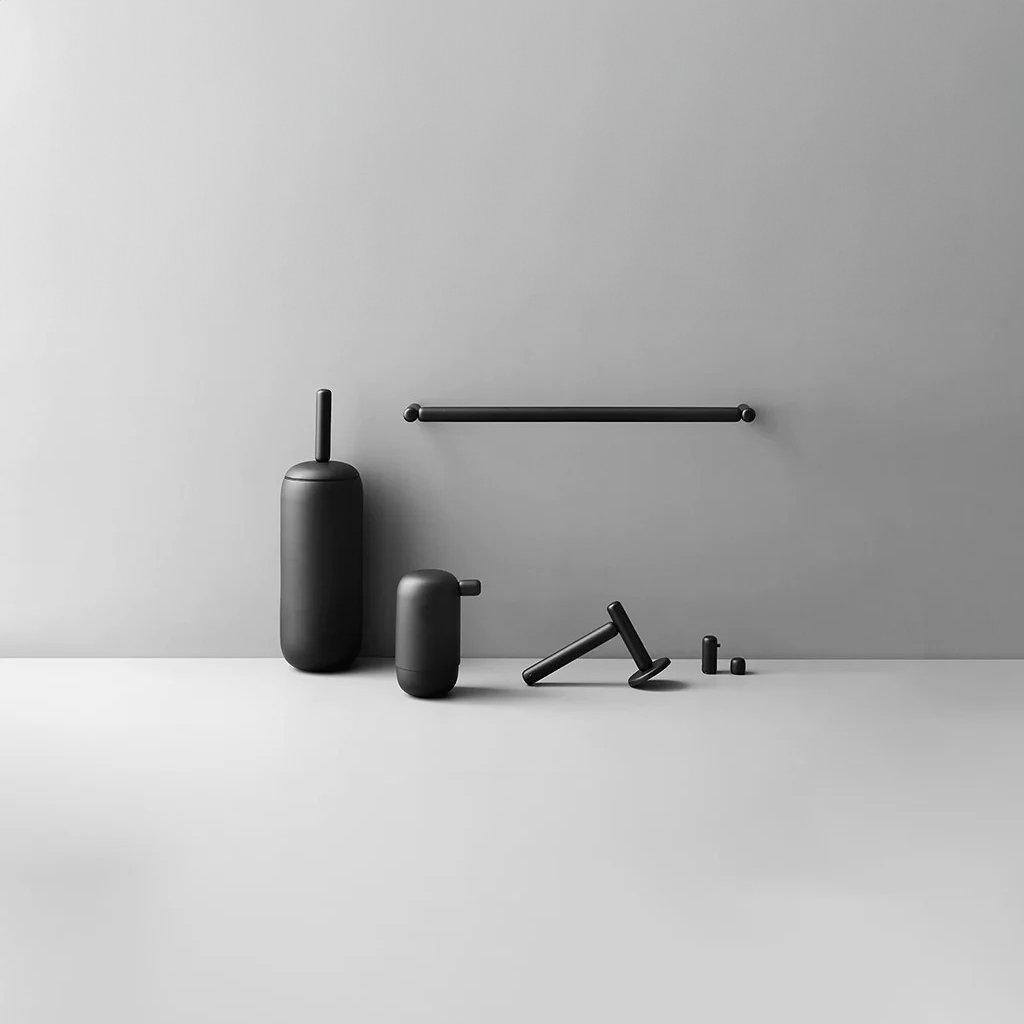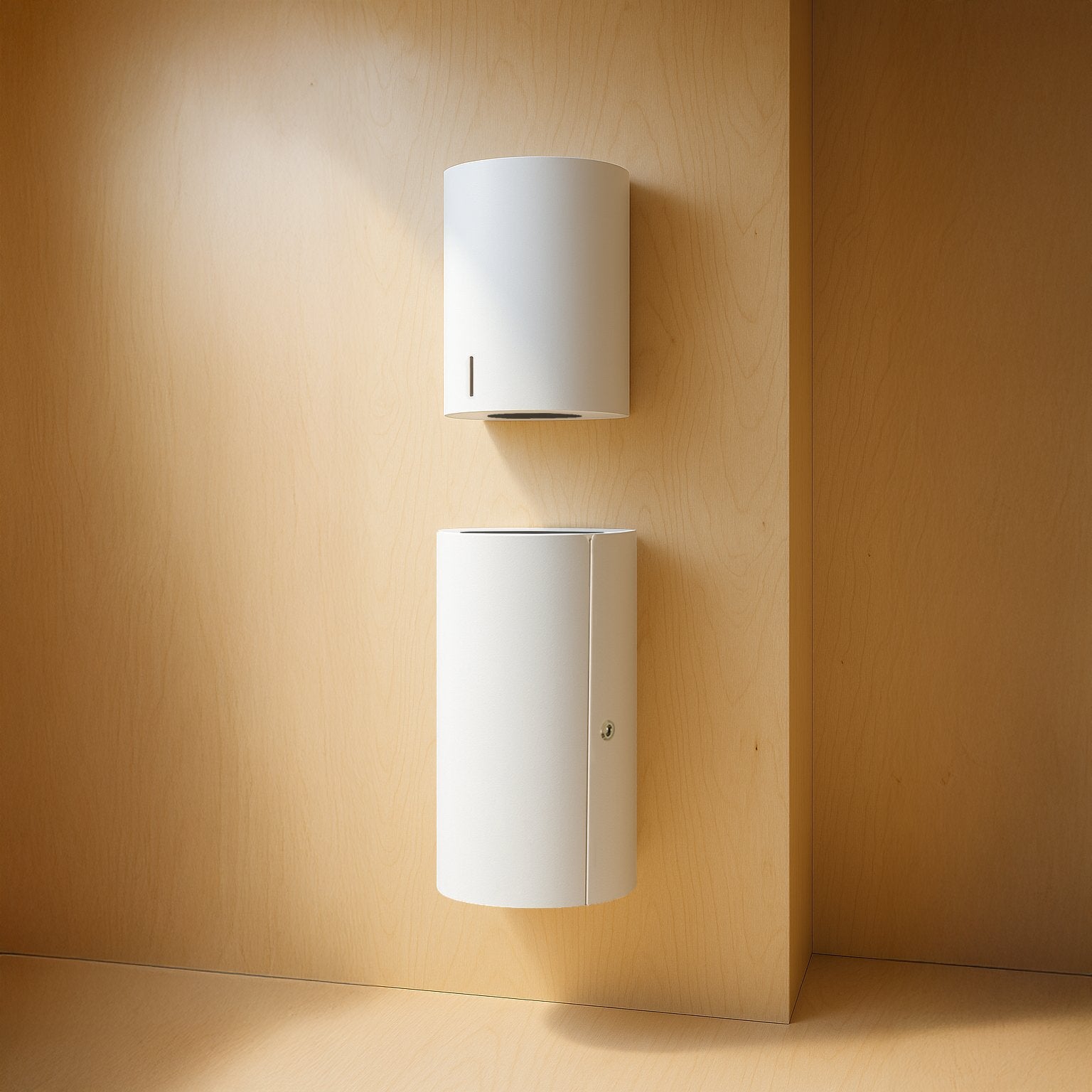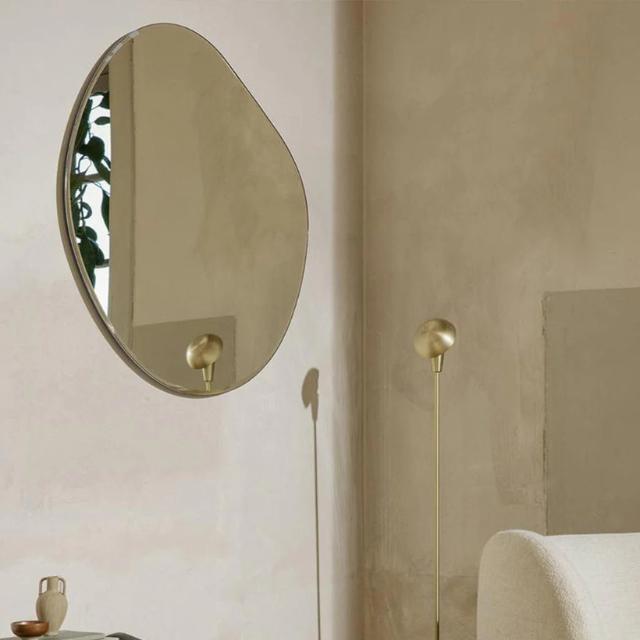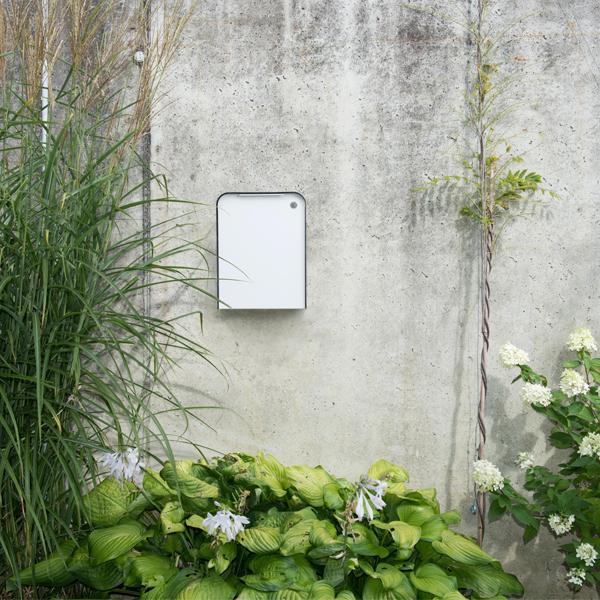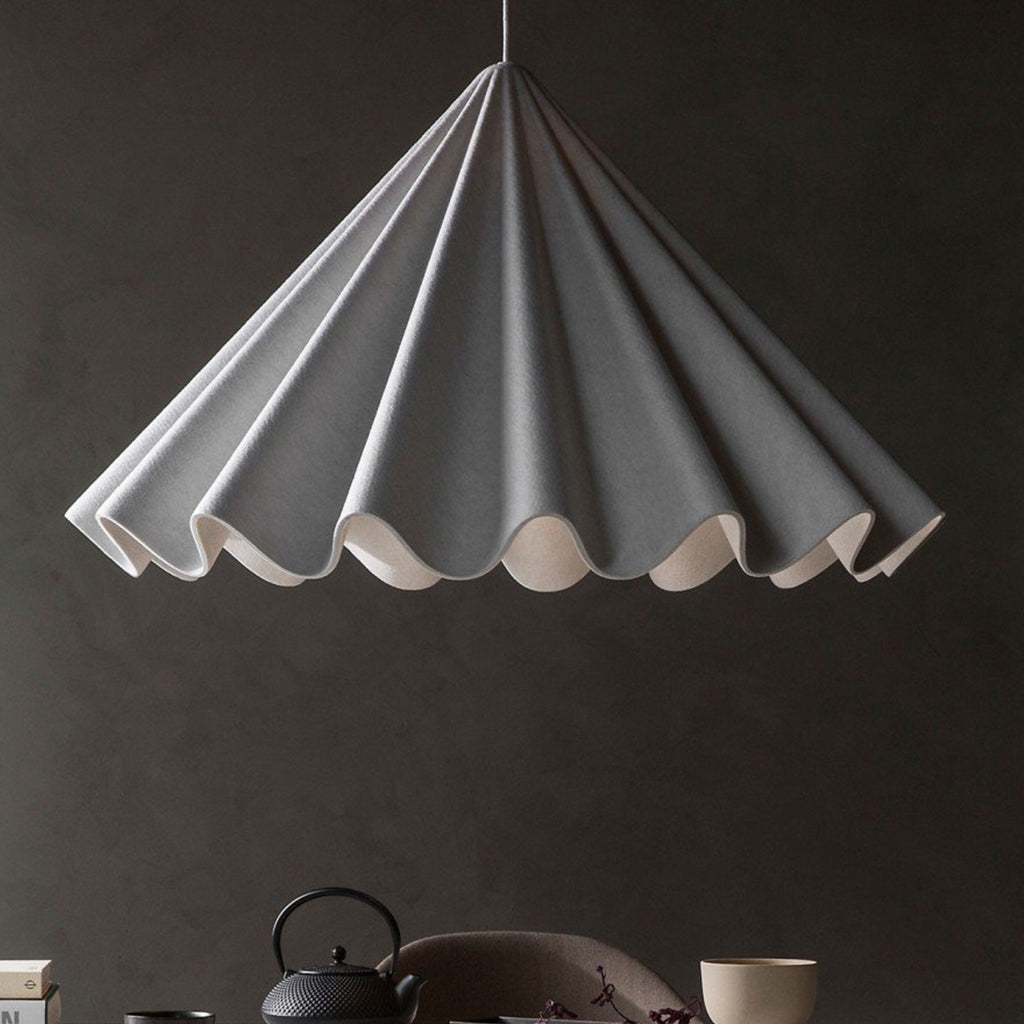Door Hardware Guide - What you need to order new hardware effortlessly
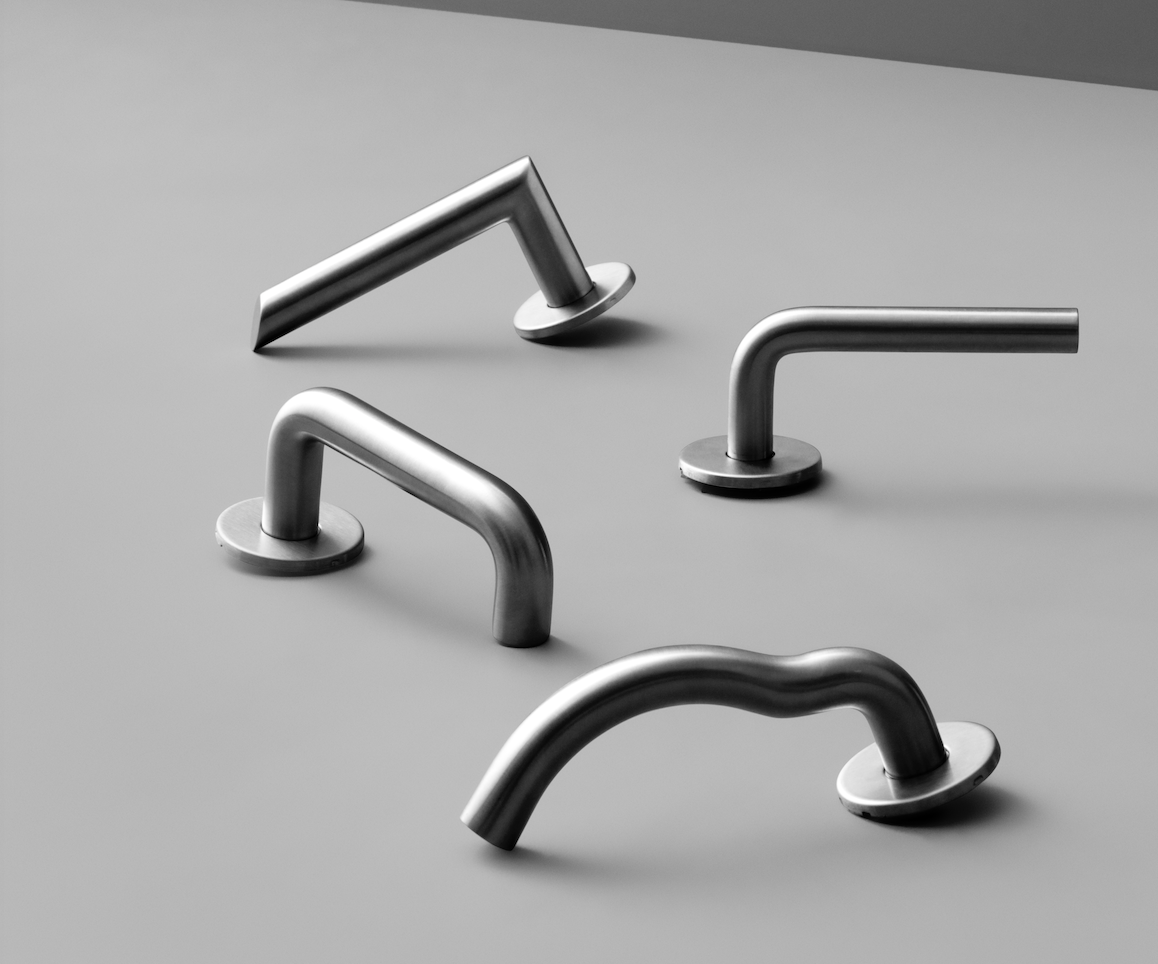
This is a guide to help you order door hardware effectively and easily! While picking a lever or knob you love is almost always the jumping off point, other considerations are a necessity for a smooth ordering process and perfect final look.
For more guides to help you pick the best hardware and electrical for your space, please go to our resources section. If a question you have is not covered, please contact us at service@cassonhardware.com
INTRODUCTION TO DOOR HARDWARE
Many people's first concern when shopping for new door hardware is choosing the ideal style and finish to compliment their space. However, before we can help you finish your stunning new door, there are a few important questions to consider.
The door’s function, whether the holes for door hardware have been pre-drilled or not, what side of the handle do you want your door and door dimensions are all vital to make sure the hardware you order fits and works the first time.
CASSON has created this straightforward guide to take the guesswork out of ordering door hardware. Read on to learn more.
DOOR HARDWARE OVERVIEW

The flowchart above is an overview on ordering door hardware, including the final hardware your order will include. Below each step is described in more detail.
STEP ONE: Does the door you plan on using already have drilled holes?
And why does it matter?
North America and Europe have different standards for door hardware size. If you are based in North America and buy a pre-drilled dore or are retrofitting an existing door, it will probably have North American measurements. That means some door hardware we sell may not be appropriate for your pre-drilled door, or may require a larger rose - the metal surrounding the door knob or lever that is flush with the door.
If you’re planning to buy a door with pre-drilled holes, make sure to contact the manufacturer to get accurate measurements
If it’s an EXISTING HOLE:
If your door already has pre-drilled holes, or you are replacing the lever/mechanism, we will need a set of measurements to ensure we can provide you with well fitting, and functioning, door hardware.
For pre-bored doors, we recommend AHI door hardware for a standard North American sizing. If you’re looking to work closely with our sales agents, we have other options from Formani and d line available.
Please note we will be unable to outfit a predrilled keyed/entry door.
It’s a NEW DOOR (no existing holes):
If you are buying a new door without a drilled hole you have more flexibility; the levers or door knobs can have any size rose or backplate, or even go without.
You are also going to be able to use a euro mortise door mechanism, which is our preferred mechanism. The reason? Euro mortise door mechanisms are one kit which makes them sturdier, look cleaner and easier to work with. Euro mortises are also designed to suit heavier levers, such as the ones by Formani, d line and Maison Vervloet.
The one thing to note is Euro Mortistes will require tooling to outfit the door before it is installed. This means Euro Mortises cannot be installed on already hung doors.
Please note: For keyed/entry doors we only offered euro mortise mechanisms.
STEP TWO: First measurements!
We need three measurements to complete your door hardware order. They are door thickness, backset and diameter of pre-existing door hole. You will need door thickness and, if your door has an existing hole, the diameter of that.
Door thickness: How thick is the door you are buying hardware for? Measure the door edge to get this measurement. Knowing the door thickness ensures that the door hardware ordered will fit and function properly.

Diameter of door hole (for pre-bored doors):
Simply measure the hole from one side to the other. The diameter of holes drilled for hardware differs between North America and Europe, so the size of that hole will determine the size of the rose or backplate. We only need this measurement if you are retrofitting a door or using a door with a predrilled hole
STEP THREE: What is the door’s function?

You will need different hardware depending on the door function. There are four types of door hardware: dummy, passage, privacy and keyed/entry.
A dummy door is a non functional door knob. It does not turn, and is operated by simply pulling or pushing the door. Places you have used these doors would be for a linen closet or interior french doors. They can come in single or double.
A passage door is a functional door knob that turns. They don't lock but are used to open doors and go between rooms. Passage door knobs are ideal for interior hallways, closets and other rooms that don't need privacy locks.
A privacy door is a functional door knob that turns, and can be locked from one side. The lock can be a twist or thumb turn, or may be included on the door knob itself. Privacy doors are used in bathrooms or changing stalls. If you are outfitting a privacy door, you may need to pick a thumb turn.
A keyed door is often an exterior door. Entry door knobs have a lock mechanism on the interior and a key mechanism on the exterior.
STEP FOUR: Pick your hardware
Here is the fun part! With our sales agent or by browsing our Door Hardware Collection you can determine the lever or knob that will work for you, your door and your design.
If you are outfitting a privacy door you will most likely need to pick a thumb turn.
If you are outfitting a keyed entry door you will need to pick out key escutcheons (x 2).
STEP FIVE: Lock and closing mechanism
The lock or door mechanism you need will depend on the door function (see STEP THREE.)
Dummy door - first determine if you are using a single door - one door only - or a double door. Your order will include a rigidizer and specialized spindle for dummy handles, which are both used to keep the knob or lever from moving.
Passage doors and privacy doors - either a Tubular latch or a Euro Mortise Mechanism, designed specifically for privacy or passage doors. You will have to pick which one you prefer and works for your door.
-
Tubular Latch - A tubular lock has its latch bolt and dead bolt in two separate holes.
- Passage doors: Passage Latch LT843 / LT846
- Privacy doors: Passage Latch LT843 / LT846 AND Mortise Bolt LT783MB / LT786MB
-
Euro Mortise Mechanism - In a mortise lock, both bolts are encased in a steel box that fits in one hole. Reminder that, a euro mortise cannot be installed on a predrilled or pre-bored door. If you pick Euro Mortise you also get to pick a strike plate shape.
- Passage Door: Passage door Euro Mortise
- Privacy Door: Privacy Door Euro Mortise
Keyed entry door - the first step in ordering your hardware is picking a CES Key Cylinder or what the key hole and thumb turn will be for your door.
You will be able to pick the finish, the look of the thumb turn and the locking degree (90, which requires a half turn to lock the door, or 360, which requires a full turn.) You will also need to pick your measurement for the mechanism. This can all be done on product page.
You can shop our options for CES Key Cylinder here.

Once those decisions are made you will add a Euro Mortise designed for keyed entry doors, the d line Euro Mortise Keyed Entry Sash Lock.
STEP SIX: Backset Measurement
We now need to get your backset dimension.
The backset is how far the door hardware hole is from the edge of the door. To get your back set, simply measure from the front edge of the door to the centre of currently installed door hardware or the centre of the hole if door hardware has been removed.
If you are using a tubular door mechanism, the typical sizes are 2 ⅜” or 2 ¾” for North American sizes. For European sizing, or if you are installing a new Euro Mortise system the backset size is 60 mm.
NA Sizes/Tubular: Typical sizes are 2 ⅜” or 2 ¾”. For a new door without a pre-bored hole, determine which you will be using, and send it along.
For a pre-drilled or existing hole, measure using the instructions above or the diagram to the right. The measurement should be either 2 ⅜” or 2 ¾”. If the backset size is different from this let us know, as we will need to source hardware and then customize it to ensure door function.
Euro/Euro Mortise: The Backset size will be 60 mm.

STEP SEVEN: What is the door's handedness?
Door Handing refers to the direction the door swings as you enter a room, and determining it is actually quite simple. Some hardware does not require handing to be known. However, taking a few minutes to determine your doors handing is well worth it. Incorrect identification or no identification can lead to backwards locks, levers, and frames.

In order to determine the handing of your door, you must be on the outside of the door. This is the side from which you would enter the room, or require a key to enter. Stand on the side of the door that has the lock or that opens into the room. The side of the hinges determines the handedness. If the hinges are on the left, it is a left-handed door. If the hinges are on the right, it is a right-handed door.
With this information you should be ready to order your door hardware. If you'd like more information we recommend reviewing our document Guide to Ordering Door Hardware.
If you feel ready to order, please go ahead and use our PDF Door Hardware Order Form or Excel Door Hardware Schedule Spreadsheet to plan your order.
door hardware guide how to shop door hardware easy door hardware guide steps to order door hardware door hardware door hardware door hardware door hardware shopping guide doorhardware guide order door hardware euromortise difference between tubulra and euromortise door hardware guide how to shop door hardware easy door hardware guide steps to order door hardware door hardware door hardware door hardware door hardware shopping guide doorhardware guide order door hardware euromortise difference between tubulra and euromortise




